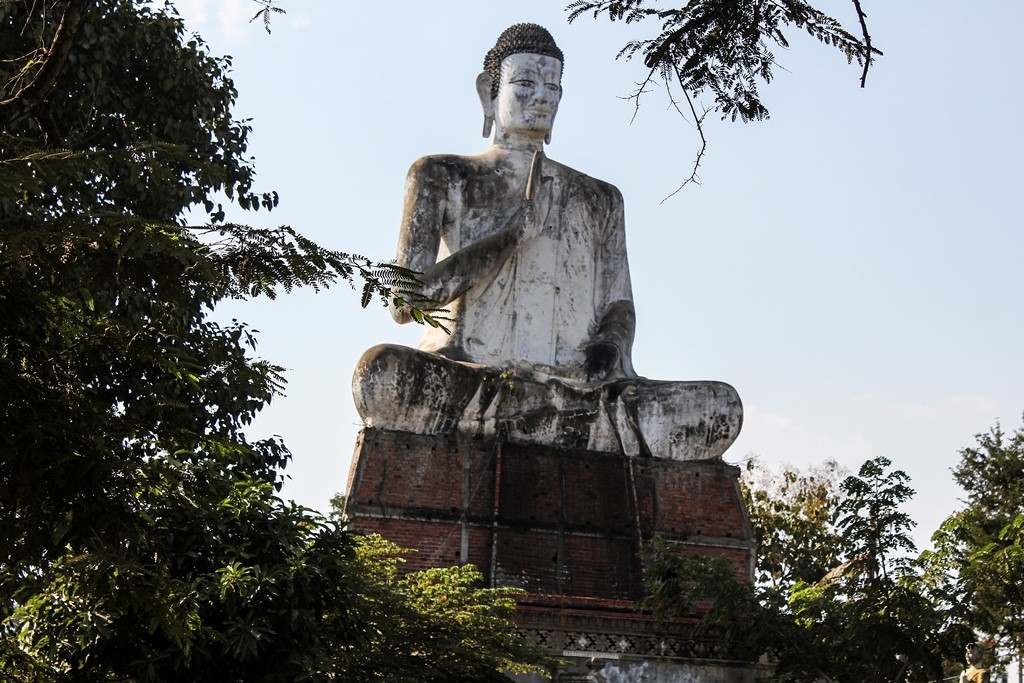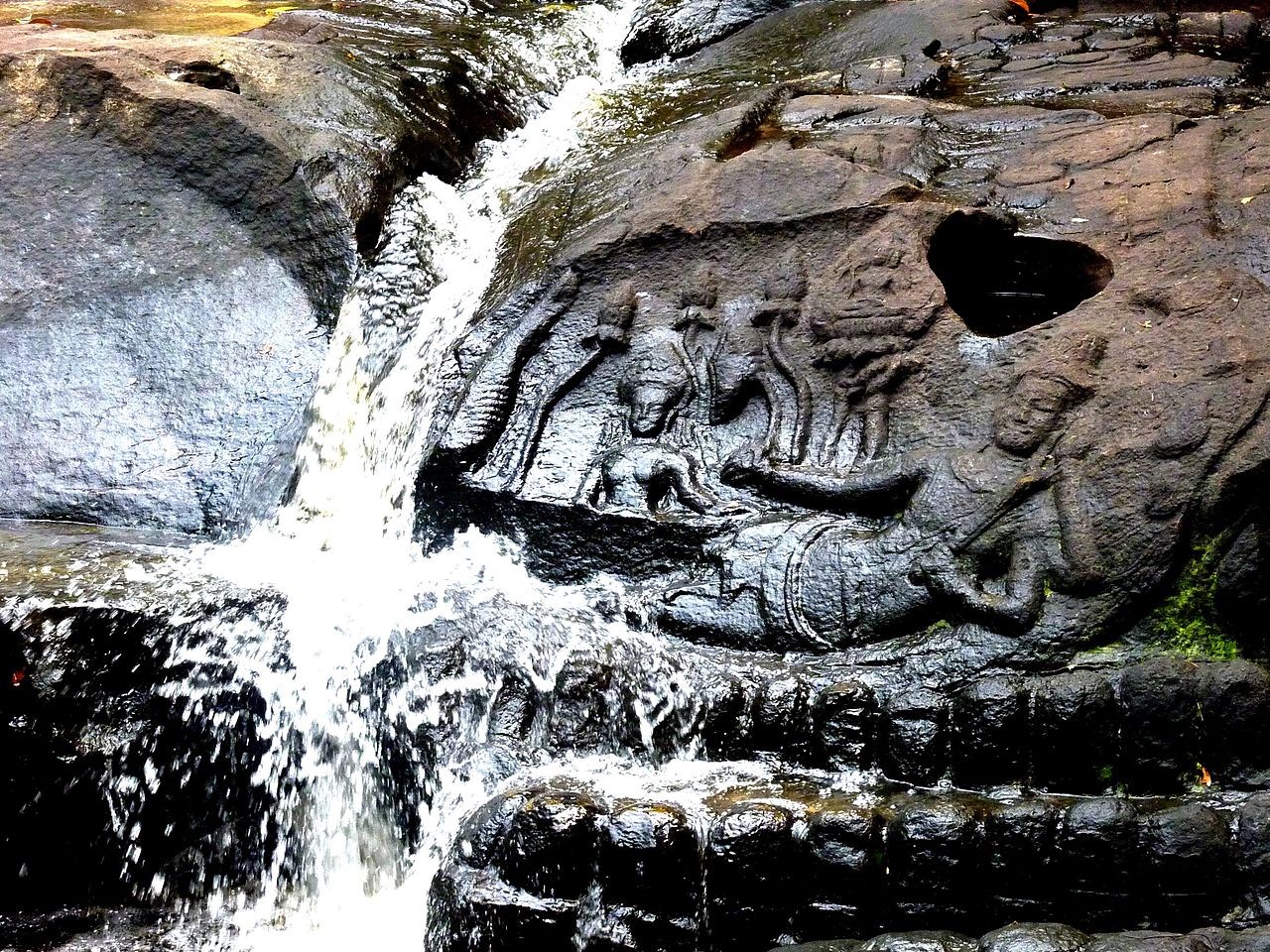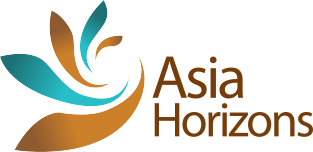OVERVIEW
The trip will give you the opportunity to discover Phnom Penh- the capital city of Cambodia, ancient temples, as well as Buddhist shrines in Battambang, the majestic Angkor at Siem Reap and will let you know more about Cambodian culture and spirit..
ITINERARY
Phnom Penh, Siem Reap & Battambang – 9 Days / 8 Nights
- Afternoon visits
Arrive in the morning – meet with guide for transfer to hotel (check in from 2PM)
Lunch on arrival.
Phnom Penh is the vibrant bustling capital and the largest city of Cambodia, situated at the confluence of three rivers: the mighty Mekong, the Bassac and the great Tonle Sap. Phnom Penh has been the national capital since French colonization of Cambodia and has grown to become the nation's centre of economic and industrial activities, as well as the center of security, politics, cultural heritage and diplomacy of Cambodia.
Once known as the "Pearl of Asia", it was considered one of the loveliest French-built cities in Indochina in the 1920s.
The capital city still maintains considerable charm with plenty to see, reflecting a sort of provincial charm and tranquillity with French colonial mansions and tree-lined boulevards amidst monumental Angkorian architecture. Phnom Penh is a veritable oasis compared to the modernity of other Asian capitals.
Tour orientation and visits:
- the Independence Monument,built in 1958 to memorialize Cambodia's independence from France in 1953. It stands on the intersection of Norodom Boulevard and Sihanouk Boulevard in the centre of the city. It is in the form of a lotus- shaped stupa, of the style seen at Khmer temples and historical sites. The Independence Monument was designed by the Cambodian architect Vann Molyvann
- the Cambodia –Vietnam Friendship Monument, a large concrete monument commemorating the former alliance between Vietnam and Cambodia, built in the late 1970s by the communist regime that took power after the Cambodian-Vietnamese war, which overthrew the Khmer Rouge regime. The monument is located at the Botum Park near the centre of Phnom Penh, featuring heroic statues of Vietnamese and Cambodian soldiers in the “Socialist realist” style developed in the Soviet Union in the 1930s, together with images of a woman and baby representing Cambodian civilians. The monument is in a popular park in the middle of the city.
Transfer back to hotel.
Overnight in Phnom Penh.
- All day visit the capital city of Phnom Penh
- Wat Phnom Pagoda translated as "hill temple" - is the tallest and most important temple in the Cambodian capital of Phnom Penh. The temple, first constructed in 1373, was erected on a man - made, 27-metre-tall mound overlooking the city. It is the tallest religious structure in the city. Legend relates that Daun Penh, a wealthy widow, found a large koki tree in the river. Inside the tree she found four bronze statues of the Buddha. Lady Penh constructed a small shrine on an artificial hill made by the people living in the village to protect the sacred statues. Eventually this became a sacred site and sanctuary where people would make blessings and pray.
- Royal Palace:The Royal Palace of Cambodia is a complex of buildings being built over one century ago to be the royal abode to the King of Cambodia, the royal family and the foreign guests. It is also the place where take place the king’s audience, coronations and official ceremonies. The buildings with beautiful towering spires are a great example of classic Khmer architecture found in Cambodia today.
- Silver Pagoda, also called Emerald Pagoda: is located inside the Royal Palace complex. It is called Silver Pagoda as there are 5,329 tiles of silver inlaid on the floor, each tile of silver is handmade and weighs 1,125 grams. The pagoda has a cultural function and keeps precious religious objects more than a place of worship. There are over 1650 valuable objects in the pagoda. The statue of Buddha sit atop throne in the main temple is in emerald.
- National Museum, located at the North of the Royal Palace, is the largest museum of cultural history and is the country's leading historical and archaeological museum.
- Riverfront Park: The Riverfront Park is located by the concourse of the Tonle Sap, the Bassac and the Mekong and is a remnant of the city’s glamorous past. The park is known for its scenic views and is a terrific place to just relax or take a stroll. The best time to visit is either early in the morning or in the evening; it can get pretty warm in the afternoon. Travellers who are not averse to waking up early should definitely try to catch the sunrise from Riverfront Park. It will undoubtedly be a sight to remember.
- Toul Sleng Genocide Museum which was a former secondary school, was used as the S-21 interrogation and detention center of the Khmer Rouge regime from its rise to power in 1975 to its fall in 1979. Located in the heart of Phnom Penh, it preserves a tragic period in history with the aim to encourage visitors to be messengers of peace.
- Cheung Ek Killing field is the site of a former orchard and mass grave of victims of the Khmer Rouge - killed between 1975 and 1979 – at about 17 kilometres south of the Phnom Penh city centre. It is the best-known of the sites known as Killing Fields, where the Khmer Rouge regime executed over one million people between 1975 and 1979.
- Road transfer 300km, 5hrs – Afternoon boating
- Visits: Wat Banan temple, Prasat Banan vineyard
Breakfast at your hotel.
Transfer to Wat Banan Temple for a visit.

The temple is at Kon Tey 2 commune, Ba Nan district in 25km far from the centre of town and go along the provincial Road No 155 parallel to Sang Kae River.
From outside, the temple looks like be left fallow through many years but in fact, it is used to worship the Gods, the Buddha by native people. Following the path to the top of a mountain, Wat Banan Temple will appear in front of you with an amazing scenery surrounding.
The construction was around mid-11th century to the end of 12th century, went through two reigns of King Ut Tak Yea Tit Tya Varman II (1050 - 1066) and completed by King Jarvarman VII (1181 - 1219).
To get to the Wat Banan, you have to climb approximately 400 meters heighten mountain with around 300 steps but the overview is worth for that. There are stunning 360-degree panoramic views from the top, visitors can see the immense Sang Kae River, thousand sugar palm trees below with rice fields and small villages. But the worthiest is still the amazing old Wat Banan of Angkor-era, the whole temples still keep its origin architecture but like the other ruins in Cambodia, they have been also struggled with extreme looting. There are five temple structures, like Angkor Wat with the middle being the largest. These majestic towers with the carvings of the now headless apsaras on it are the best points in your journey.
Close to Wat Banan is the Prasat Phnom Banan vineyard, the only vineyard in Cambodia, bringing visitors an experience combined visiting the temple to outside activities such as dropping grapes and making vine.
Lunch in a local restaurant.
In the afternoon, continue to discover Battambang, with visit to Ek Phnom - a Buddhist pagoda which was built in the 11th century.
 Far about 15km north from central Battambang, Wat Ek Phnom is another ruin following the concept of Angkor temples. It is a prominent temple located next to a large lake and behind has a 28 meters high Buddha statue. There are the bridges running through the river, small and peaceful villages surrounding and the roads lead to temples.
Far about 15km north from central Battambang, Wat Ek Phnom is another ruin following the concept of Angkor temples. It is a prominent temple located next to a large lake and behind has a 28 meters high Buddha statue. There are the bridges running through the river, small and peaceful villages surrounding and the roads lead to temples.
According to archaeologists, Wat Ek Phnom was built in the 11th century during the Bayon period (the reign of King Sorayak Varman II). Because of the influence of looting and war, there were only a few Buddha statues, sculptures and ruined wall around.
At present, there are still some sitting Buddha images intact higher up on the walls, especially the largest Buddha statue is high 28 meters. On the inside is a carving of a tug-of-war with participants tugging away on a serpent. The participants on the left have lost their heads to looters (they lost face), with the guys on the right still having their heads intact.
The temple is also the center of holiday festivities for the people of the nearby village. They dress up in their Sunday best and have a celebration between the old and the new temples and climb all around the ruins with their families. In addition, this is a popular destination for Khmers as well as a pilgrimage place for women hoping to conceive.
Back to hotel.
Overnight in Battambang.
- Boat cruise transfer to Siem reap
Breakfast at hotel.
Whole day joining a cruise trip along the Sang Kae River then Tonle Sap Lake to reach Siem Reap, passing several floating villages, protected wetlands. En route, you have the opportunity to have a glimpse of the fantastic wilderness as well as witness the daily life of the locals on water.
Basket lunch box.
On arrival at the pier in Siem Reap in the afternoon, transfer to hotel.
Free time to discover Siem Reap night market.
Overnight in Siem Reap.
- All day visits Angkor Thom & Angkor Wat
Breakfast at hotel.
Proceed to visit Angkor Thom.
Transfer to the ancient city of Angkor Thom – called “the Great City”: after Jayavarman VII recaptured the Angkorian capital from the Cham invaders in 1181, he began a massive building campaign across the empire, constructing Angkor Thom as his new capital city. He began with existing structures such as Baphuon and Phimeanakas and built a grand enclosed city around them, adding the outer moat.
Visits:
* South Gate - the mosted bustling gate as it is the best renovated gate and it leads directly to Angkor Wat.
* Bayon Temple - a buddist temple but it still retains most of elements of the Hindu archeology and imagery.
* Baphoun - a temple built in 1066, before the reign of Jayavarma VII.
* Phimeanakas Temple - located in the middle of the old Royal Palace, symbolizing a Sky Palace and was a place of worship. It means: All of the kings had promoted themselves like the god king’s sons.
* Terrace of the Elephants - served as a viewing platform for royal festivities and depicts elephants and garuda.
* Terrace of the Leper King - The terrace of the Leper King lies just to the north of the Terrace of the Elephants, aligned with it but standing separately. It is named, or rather mis-named, for the seated statue which once occupied the platform and has now been moved to the National Museum in Phnom Penh for safe-keeping. The statue was formerly thought to represent a legendary "leper king," but is now considered to represent Yama, the Lord of the Dead; the terrace itself might have functioned as a cremation platform.
Back to city for lunch.
In the afternoon, visit Angkor Wat. The Temple was built during the early years of the 12th century by Suryavaram II and it honored the Hindu god Vishnu before becoming a Buddhist worship edifice in the 16th century.
Climb up Bakheng hill (65m high) and enjoy the sunset over the wonder of Siem Reap at the end of the day.
Transfer back to hotel.
Overnight at hotel.
- Visit Roluos Group and Small Circuit
AM visits: Roluos Group:
Three temples Bakong, Lolei and Preah Ko - 11 Kms southeast of the Siem Reap Market, comprise the Roluos group of monuments - close together and extend over an area of 3 kms east of the Great Lake. The Roluos group, dating from the late 9th century, is the earliest site of the 600 years Angkor Period that is open to visitors.
PM visits: Small Circuit
Prasat Kravan ( Cardamon sanctuary), Banteay Kdei (one of the most mysterious temples of the Angkor complex. It is said that Banteay Kdei is a Buddhist monastery with hundreds of Buddha statues excavated from this site. The temple was probably built in the 12th century, around the same time as Ta Prohm temple), Shrah Sang (Lake Srah Srang is an artificial lake created by the ancient king. The lake has a fairly simple part of architecture, including steps to the lake. In the past, kings used to take boats to the middle of the lake for sightseeing, especially watching the sunrise on the lake, being a pleasure and relaxation) Ta Prohm (Jungle Temple) Takeo (the temple of Shiva, built during the reign of King Jayavarman V), Thommanon, Chau say Tevoda neatly frame the east causeway to the Angkor Thom complex.
Overnight in Siem Reap
- Whole day at Phnom Kulen Park, 48kms from Siem Reap
Phnom Kulen is considered a holy mountain in Cambodia and is of special religious significance to Hindus and Buddhists. Visit this sacred site and discover its beauty.

Transfer to the foot of the Kulen mountain, the birthplace of the great Khmer Empire in AD 802. Enjoy the breathtaking drive up the mountain, exploring the abundant greenery and the Kulen Waterfall. Take a dip if you wish or sit back and watch the local families in their sacred homeland. Make your way up the mountain by foot to the River of a 1000 Lingas, a gorgeous river with sophisticated Shiva Linga carvings covering its floor. Get a blessing in the Cambodian way, with the holy water from this sacred river. Continue up to the top of the mountain to discover the beautiful Pagoda and its world-famous Reclining Buddha at rest.
Enjoy a traditional lunch at the basic food stalls located near the park.
Back to hotel.
Overnight in Siem Reap.
- Boat trip on Tonle Sap Great Lake, Chong Khneas floating village
Breakfast at hotel.
Transfer to Tonle Sap Lake wharf.
Enjoy a boat trip on the Tonle Sap lake. This is the largest permanent fresh-water lake in South East Asia and flows into Tonle Sap River, joining the Mekong in Phnom Penh.
Five provinces circled the area of Tonle Sap Lake, more than three million of population inhabited around the bank of the Lake and 90% of them earn a living by catching fish and making agricultures.
Join in a boat trip to Chong Khneas floating village at the edge of the lake for approximately two hours. You will explore the different of Khmer, Muslim and Vietnamese floating households and the floating markets, fisheries, clinics, schools, basketball course, pigsty and other boatloads of tourists. While sailing along Tonle Sap Lake, we make a stop at a local floating village to talk with the locals here to get more knowledge about to their routine life as well as witness how they make a living on Tonle Sap Lake.
Transfer back to hotel for check out, then lunch before leaving for international departure.
